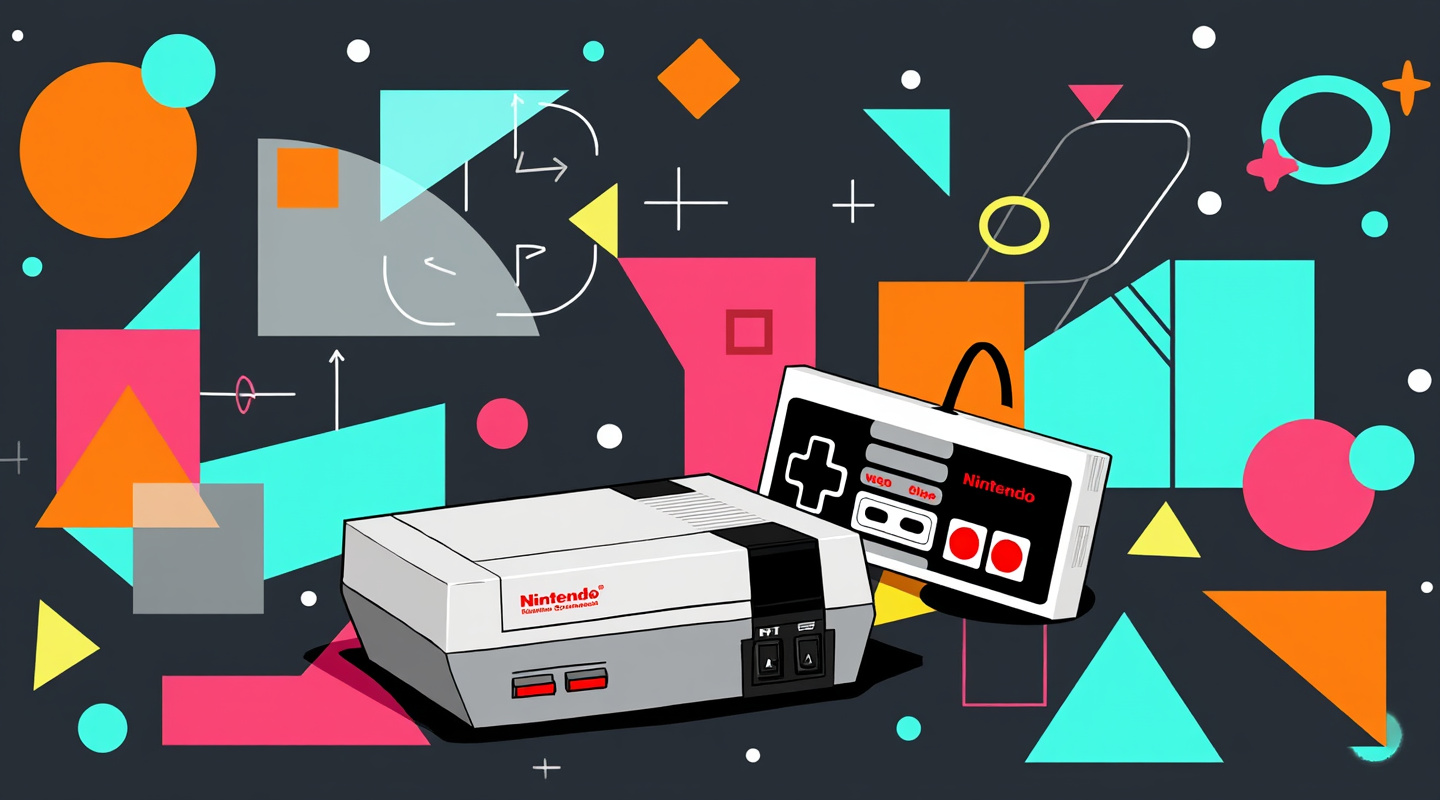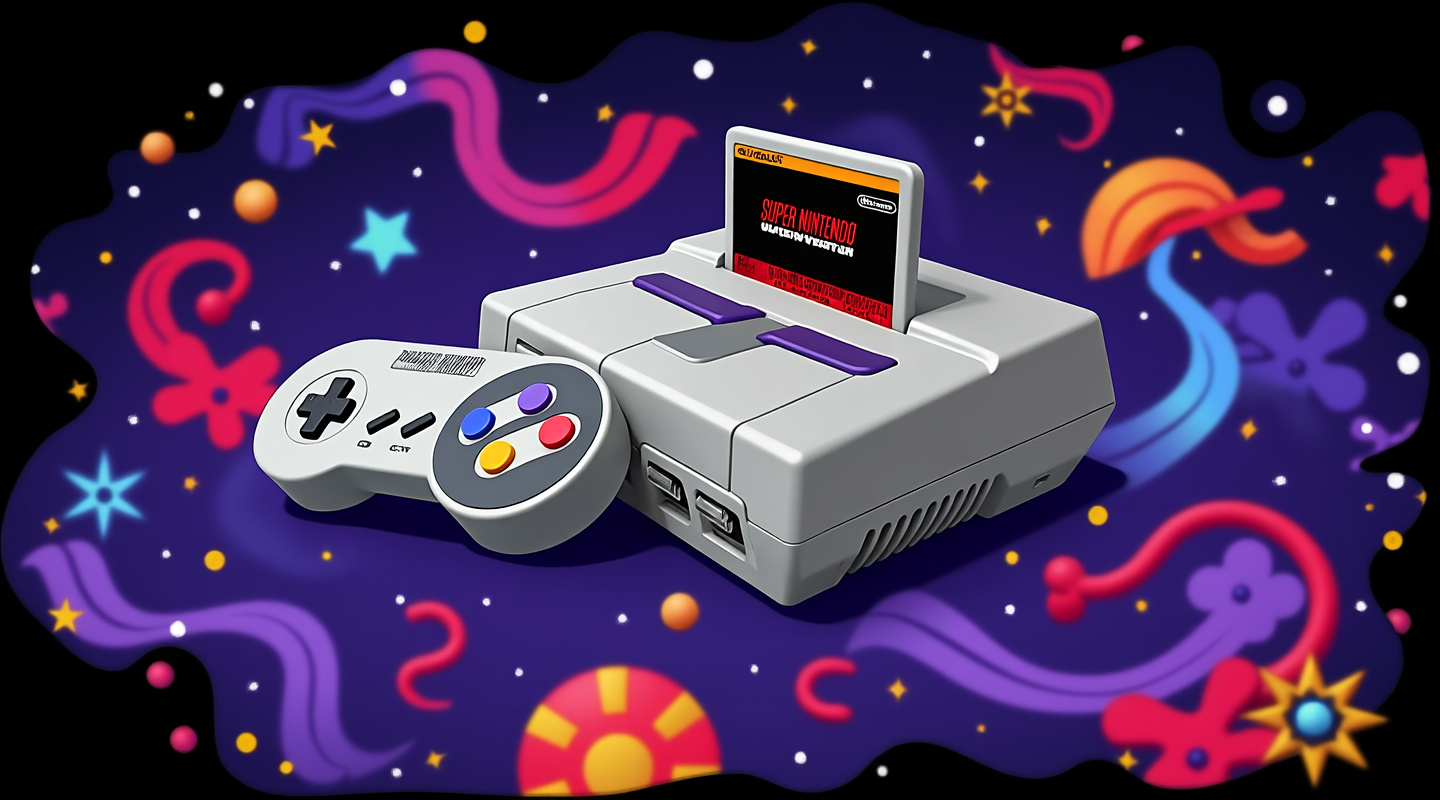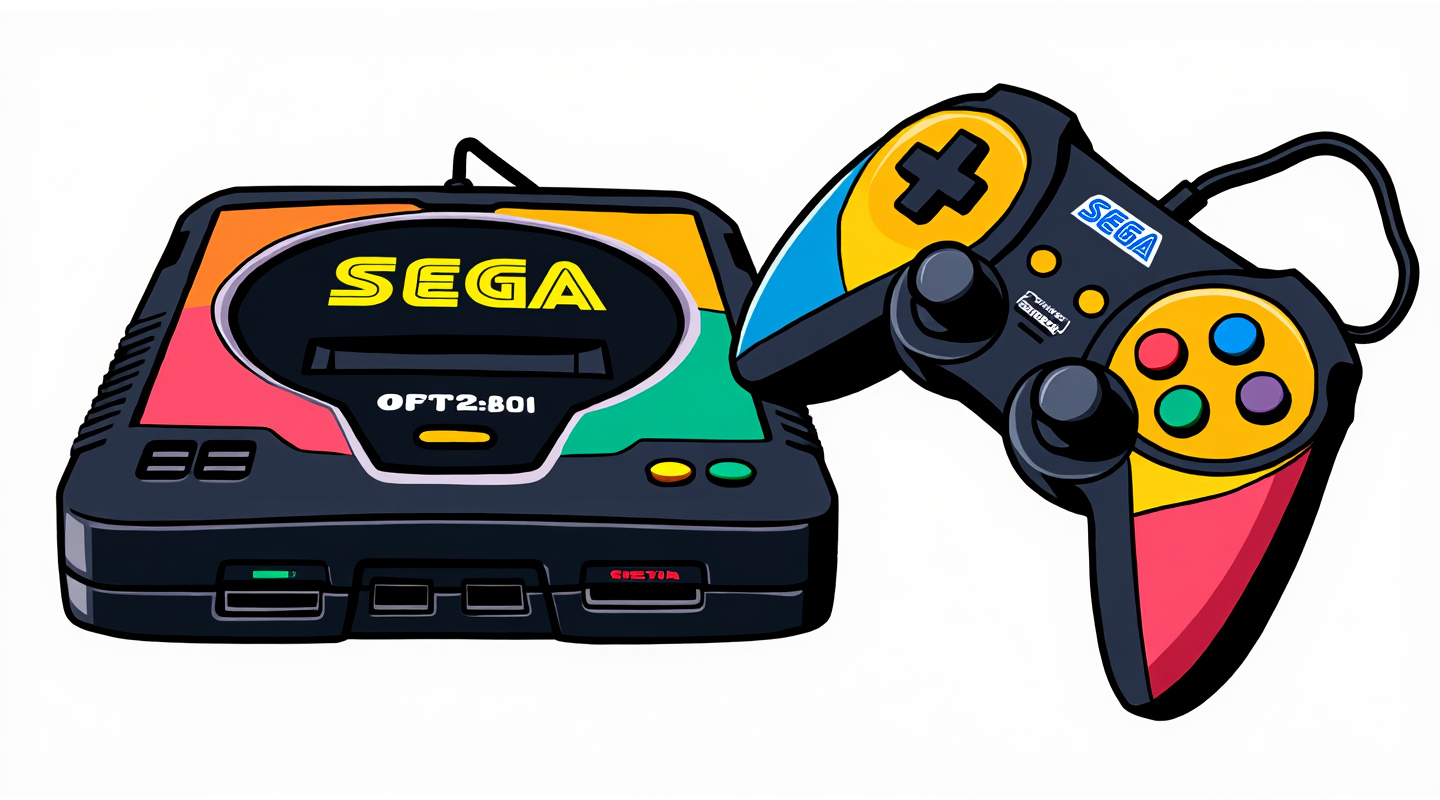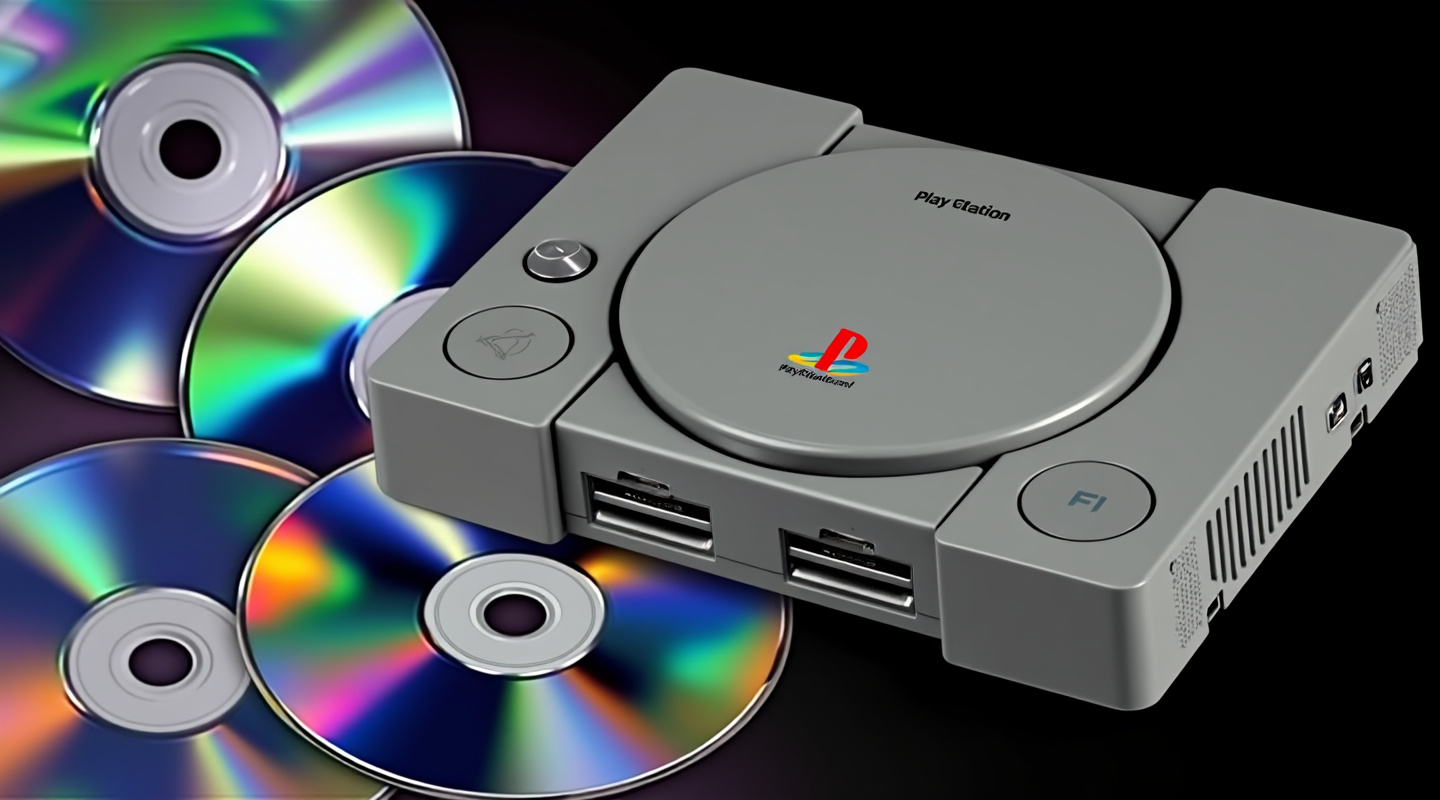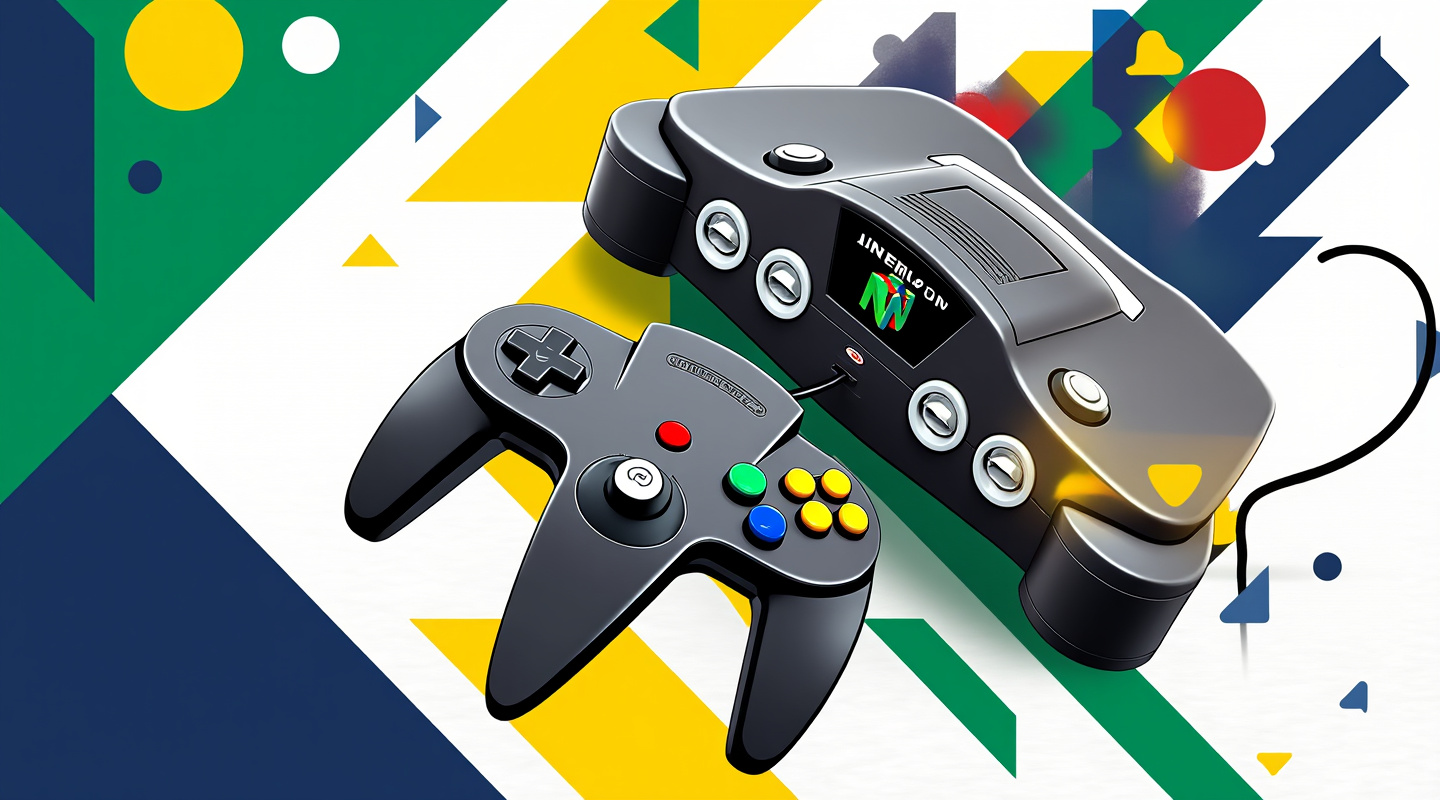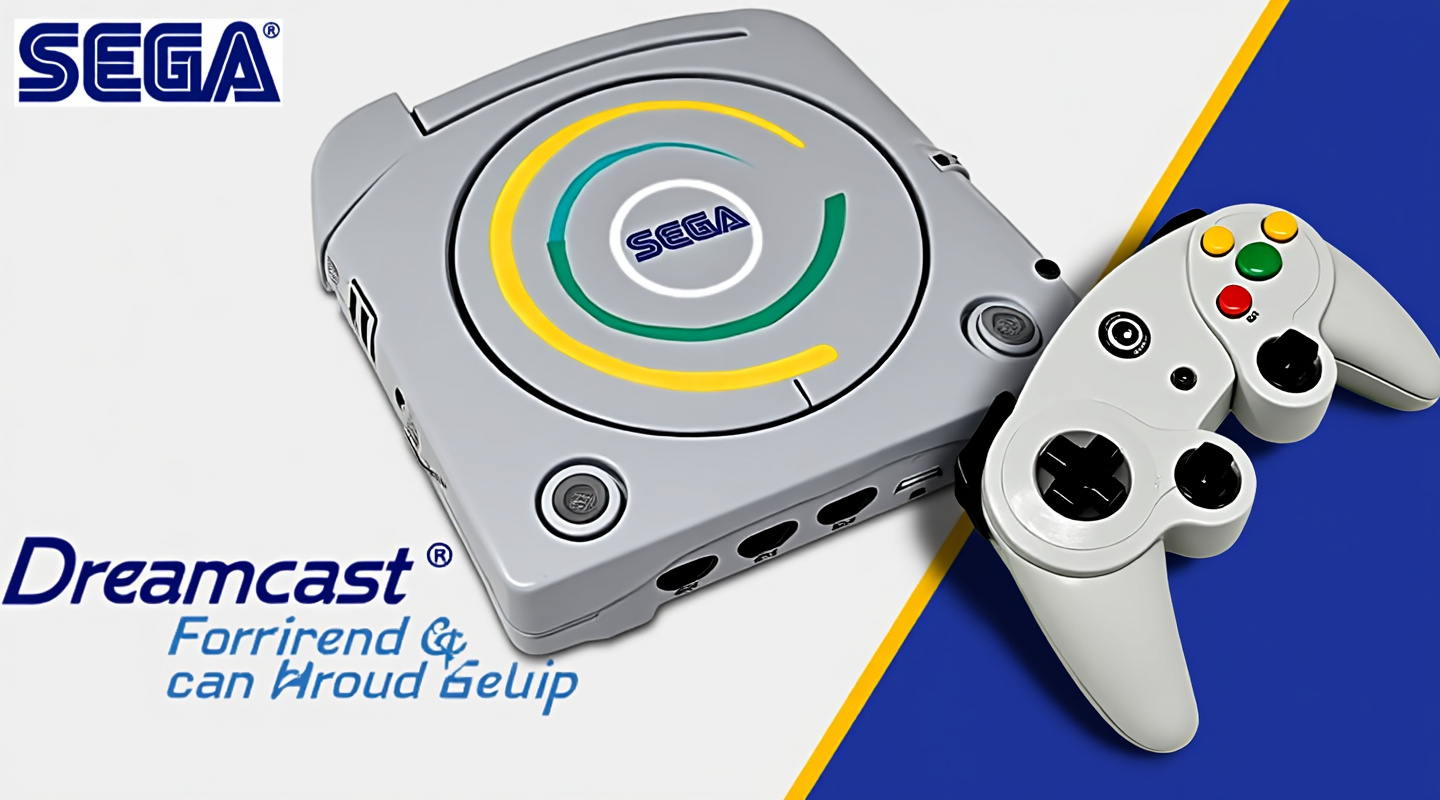Gaming Platforms
Explore the hardware that defined generations of gaming, from classic consoles to modern retro handhelds
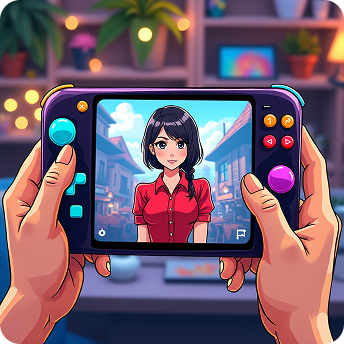
Featured Platform
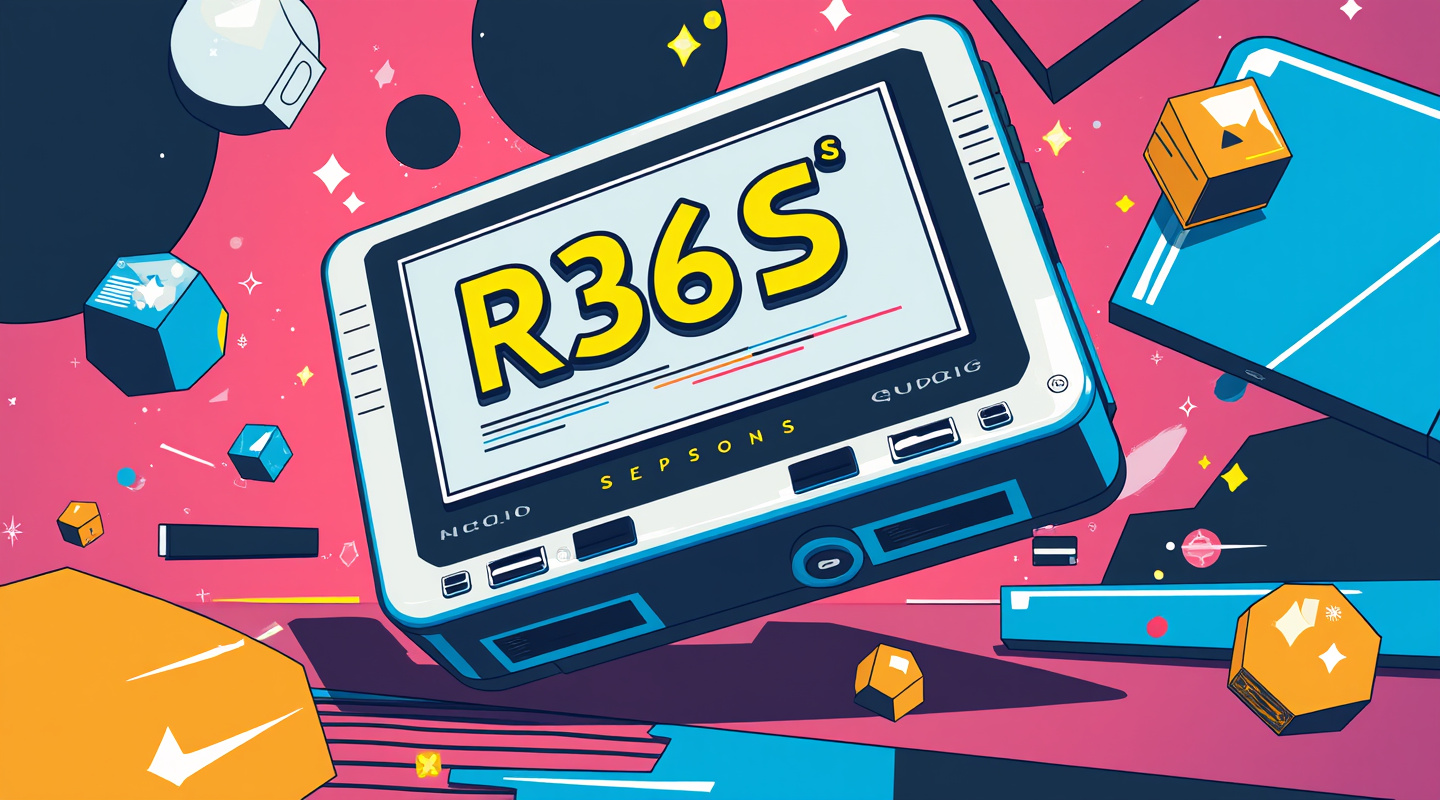
R36s Handheld
The R36s is a budget-friendly retro gaming handheld that has gained popularity for its impressive emulation capabilities at an affordable price point. Capable of running games from systems like the PlayStation 1, SNES, Genesis, and more, it's become a favorite entry point for those looking to explore retro gaming on the go.
Repair & Maintenance Guides
Keep your retro hardware in top condition with our comprehensive repair and maintenance guides.
Console Restoration
Learn how to clean, repair, and restore vintage consoles to their former glory.
Component Replacement
Step-by-step guides for replacing common components like capacitors and cartridge connectors.
Yellowing Reversal
Methods for treating and preventing the yellowing of plastic on retro hardware.
Controller Repair
Fix common controller issues like sticky buttons, broken joysticks, and connection problems.

Emulation and Preservation
The Importance of Gaming Preservation
As physical gaming hardware ages and becomes increasingly difficult to maintain, the preservation of gaming history becomes a critical concern for the retro gaming community. Original consoles, cartridges, and discs are subject to deterioration over time—capacitors leak, batteries die, and optical media degrades.
Gaming preservation efforts focus on documenting, archiving, and maintaining access to classic games and platforms for future generations. These initiatives range from hardware restoration projects to digital archiving of game code, documentation, and related materials.
Museums like the Strong National Museum of Play and the National Videogame Museum are leading institutional efforts to preserve gaming history, while community-driven projects work to document and archive games that might otherwise be lost to time.
Understanding Emulation
Emulation is the practice of using software to replicate the functionality of gaming hardware, allowing games to be played on different systems than they were originally designed for. Modern emulators can reproduce the experience of playing on vintage consoles with remarkable accuracy.
While emulation exists in a complex legal landscape, it serves as an essential tool for preservation. Many games would be completely inaccessible today without emulation technology, particularly for obscure or region-specific titles that never saw wide release.
Beyond preservation, emulation offers benefits like improved resolution, save states, and accessibility features that can make classic games more approachable for modern players. Projects like MAME (Multiple Arcade Machine Emulator) have documented and preserved thousands of arcade games that would otherwise be lost.
FPGA: The Future of Retro
Field-Programmable Gate Arrays (FPGAs) represent the cutting edge of retro gaming technology. Unlike traditional software emulation, FPGA systems like the MiSTer and Analogue consoles recreate vintage hardware at the circuit level, resulting in near-perfect reproduction with virtually no input lag.
FPGA technology bridges the gap between original hardware and emulation, offering the authenticity of the former with the convenience and reliability of the latter. These systems can be updated to support new platforms as developers create "cores" that replicate different consoles.
As FPGA technology becomes more accessible and affordable, it may represent the most promising path forward for experiencing classic games exactly as they were intended, while addressing the inevitable decline of aging original hardware.

